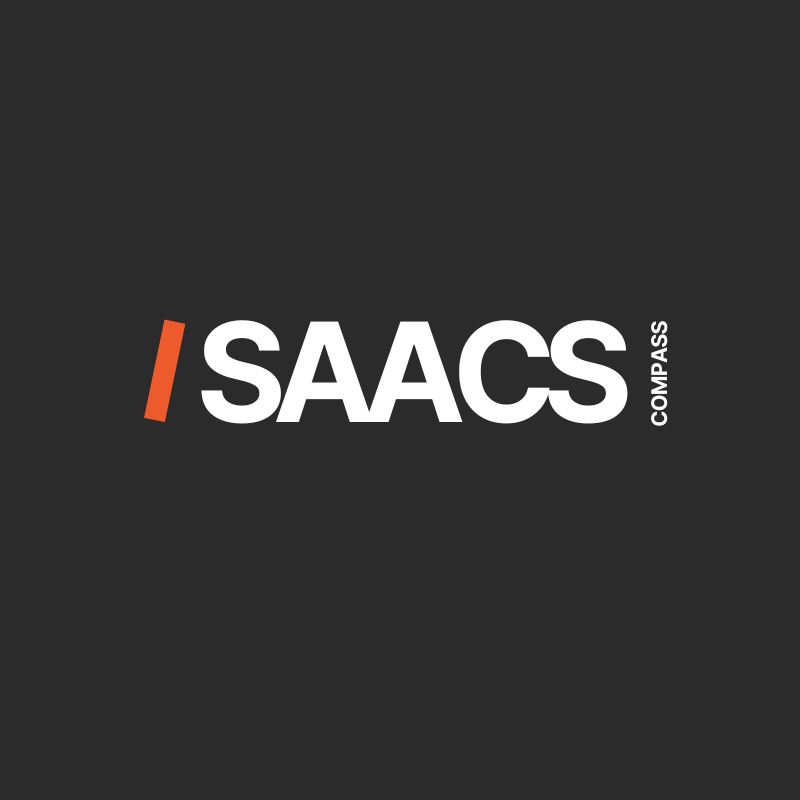
FED SKIPS JUNE RATE HIKE, SIGNALS MORE 2023 HIKES
A “Skip” was the next step in the Fed’s fight against inflation at June’s FOMC meeting.
Federal Reserve officials held the benchmark rate steady for the first time since March 2022, but policymakers forecast the rate to rise to 5.6% this year, up from their March forecast of 5.1%.
One or two additional rate hikes–likely totaling half a percentage point–were hinted at Wednesday, following the June 14th meeting.
According to Barron’s Megan Leonhardt, Megan Cassella, and Janet H. Cho:
- June’s Summary of Economic Projections, the so-called “dot-plot” predictions by Fed officials, see core PCE inflation ending the year at 3.9%, a sign they are more pessimistic about taming inflation. The majority of them expect further rate increases.
- The dot-plot showed nine of 18 members on the Federal Open Market Committee expect to end 2023 with a benchmark rate between 5.5% and 5.75%; four officials forecast rates of 5.25% to 5.5%; and three predicted they would end above 5.75%.
- No committee members wrote down a rate cut this year, Fed Chairman Jerome Powell said. He told reporters after the decision that inflation has not really moved down. “It has not so far reacted much to our existing rate hikes.”
What happens in July?
At the press conference following the June 14th FOMC meeting, Powell said the Fed hadn’t decided which direction it would take at the July meeting. The CME FedWatch tool shows traders expect a 74% probability of another quarter percentage point increase. That number can–and most likely will–change over the next 41 days.
Fed officials foresee faster GDP growth, as well as economic growth of 1% for the final quarter of 2023, an increase from its March projection of 0.4%. The unemployment rate is expected to close out the year at 4.1%, a decrease from the 4.5% previously projected.
The ripple effect of higher Fed rates
While the Fed doesn’t directly dictate mortgage interest rates, the benchmark rate does impact them. As the Fed raises the cost for banks to borrow by targeting a higher federal funds rate, banks pass the higher costs on to customers. Interest rates on consumer borrowing, including mortgage rates, rise. And as short-term interest rates increase, long-term interest rates typically also rise, and as the interest rate on the 10-year Treasury bond increases, mortgage rates also tend to go up.
Investopedia explains the ripple effect:
“Mortgage lenders set interest rates based on their expectations for future inflation and interest rates. The supply of, and demand for, mortgage-backed securities also influences interest rates, providing another lever by which monetary policy affects mortgage rates and mortgage lending.”
